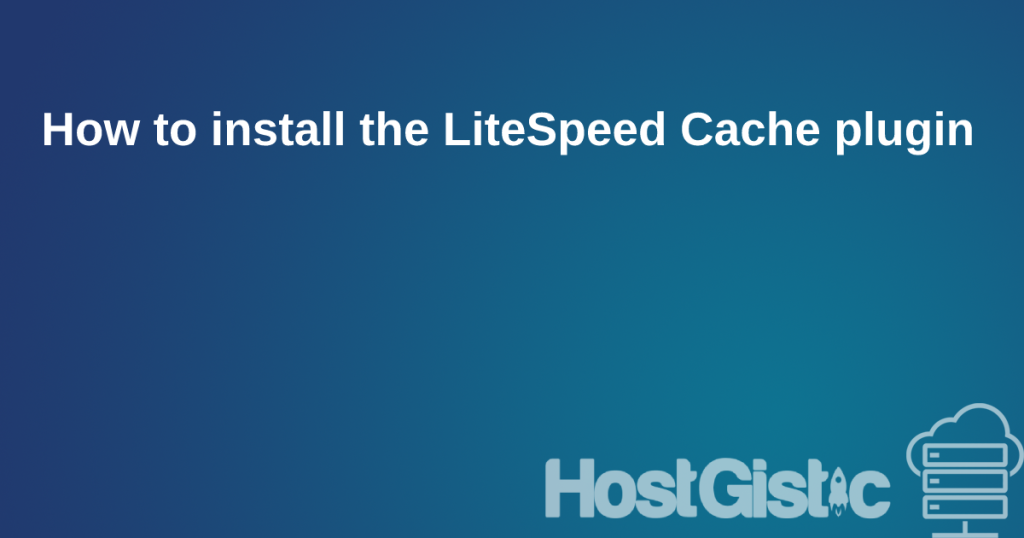When setting up this part, it refers to the entire Page Optimization. It can disable your website from loading if an error occurs, as significant code changes are made to your site here.
After each change, you need to perform a Purge ALL to clear the old cache and test the site by opening pages multiple times (as the cache is created the first time it’s opened and only then loaded from the cached page).
Testing after these options is crucial. They significantly speed up the site, but as the plugin makes changes, testing is necessary. This is especially true for sites using page builder plugins.
If possible, enable as many options here as you can. Each option further speeds up the site.

JS Minify: An option that removes unnecessary things, spaces, comments, and minimizes file size as much as possible.
JS Combine: A very useful option where it combines all .js files into a single file, so each file doesn’t have to load separately.
JS HTTP/2 Push: Allows the js file to be sent to the browser even before it is requested.
Load JS Deferred: Loads js after the HTML is loaded.
Load Inline JS: This option allows you to control when inline js will be loaded. The default option doesn’t change inline. After DOM Ready can be used to reduce JS incompatibility and minimize errors that Deferred may cause.
Exclude JQuery: This option excludes jQuery from optimization, and it is recommended to keep it enabled to avoid errors. It is especially important if the JS Combine option is used.



